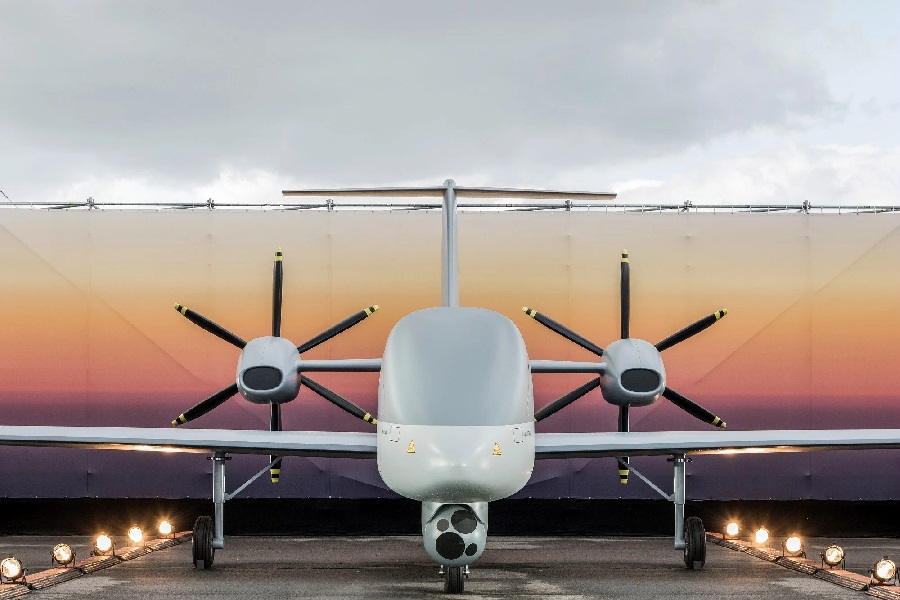The location was chosen due to the Parintins Folkloric Festival, an event that causes a significant increase in air traffic in the region. Thousands of visitors accessed the city this year through Júlio Belém Airport, resulting in more than 800 landings and takeoffs in one week. The M200 Vigilante radar was transported for the first time on a KC-390, on a three-hour journey between Campinas, in São Paulo state, and the city located in the Amazon rainforest. The sensor continuously monitored air traffic within a 200 km range of the airport, working together with CINDACTA IV flight controllers. CINDACTA IV is the Brazilian Air Force agency responsible for flight monitoring in the northern region of the country.
“The Parintins Folkloric Festival allowed us to test M200 Vigilante’s performance in the Amazon rainforest challenging environment. Embraer’s joint operation with the Brazilian Army and the Brazilian Air Force demonstrated the radar’s versatility, agility, precision, and robustness already in its first operation. We are very pleased with the results. This is an important step for the effective and future operational use from the Armed Forces in Brazil and abroad,” says Bosco da Costa Junior, President and CEO of Embraer Defense & Security.

“We are proud to join in and contribute to this important event in the Amazon region. The partnership and joint development between the Brazilian Army and Embraer has built the technological autonomy of digital radars (phased array) for more than 15 years. Carrying out this exercise was another important step in verifying M200 Vigilante’s technical characteristics. This will expand the capabilities of our troops and keep the operation in progress with the support of the Brazilian Defense Industrial Cluster,” says Gen. Achilles Furlan Neto – Chief of the Army Science and Technology Department.
The M200 Vigilante radar is a medium-range sensor aimed at Air Surveillance and Early Warning applications. Using advanced processing techniques, it can identify and track positions and trajectories, as well as classify targets. It has an integrated power generation system, which guarantees operation autonomy for up to 48 hours and ease of transport by land and air platforms.



























